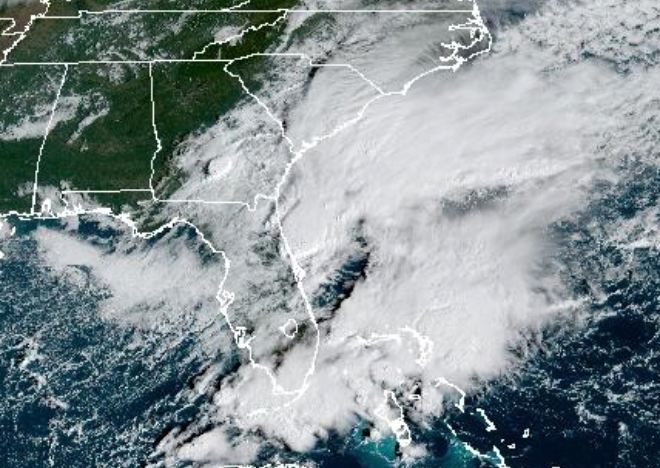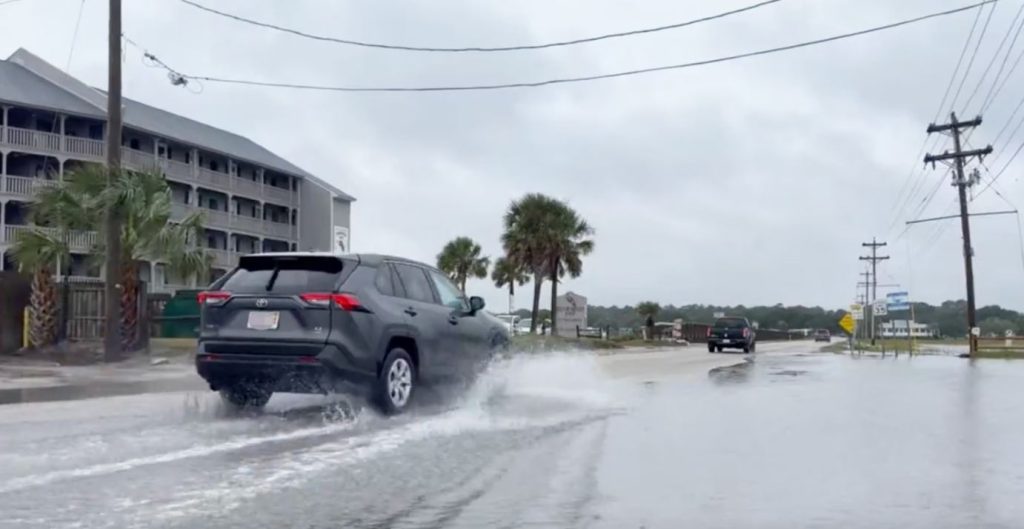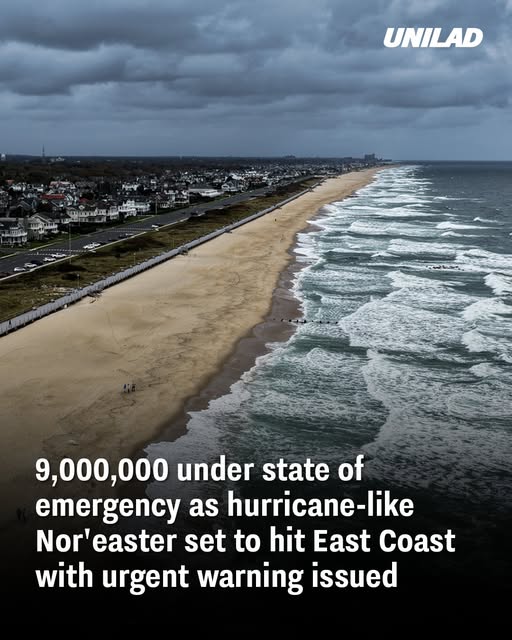A powerful nor’easter is currently impacting the U.S. East Coast, prompting widespread emergency declarations and significant disruptions. This type of storm, characterized by strong coastal winds, heavy rain, and rapid intensification, often causes flooding, travel delays, and property damage. The storm began forming off the southeastern U.S. coast and is forecast to move northward, affecting multiple states from the Mid-Atlantic to New England. Authorities are urging residents to take the situation seriously and prepare for potentially hazardous conditions.
State of Emergency Declared in New Jersey
Acting Governor Tahesha Way declared a state of emergency for all 21 counties in New Jersey, effective from 10:00 PM on Saturday, October 11, 2025. This declaration allows emergency management teams, state agencies, and local authorities to mobilize resources quickly and provide aid where needed. Residents are being warned that conditions may worsen rapidly, especially along coastal areas. Shelters and emergency services are being readied, and transportation agencies are monitoring infrastructure to respond to disruptions.

Anticipated Impacts Along the East Coast
- Coastal Flooding: The combination of high tides, strong onshore winds, and turbulent seas is expected to cause major flooding along vulnerable coastlines. Low-lying areas in Delaware, southern New Jersey, and the Virginia Tidewater are particularly at risk. Residents are advised to avoid coastal roads and prepare for possible evacuations.
- Strong Winds: Wind gusts could reach 60 to 80 mph in some areas. These high winds may cause power outages, topple trees, and damage structures. Flying debris is a serious concern, making it essential to secure outdoor objects and avoid unnecessary travel.
- Heavy Rainfall: Rainfall totals of 3 to 5 inches are expected in coastal regions. Flash flooding could occur in urban areas with poor drainage. Rivers and streams may rise quickly, and commuters are encouraged to avoid driving through flooded roads.
Flight Disruptions and Travel Advisories
Air travel across the East Coast is experiencing widespread delays and cancellations. Major airports, including those in New York City, Boston, Philadelphia, and Washington, D.C., are affected. Travelers are urged to monitor airline updates and plan for extended travel times. Road travel is also discouraged unless essential, as wind, rain, and debris make driving hazardous.
Preparations and Safety Measures
Residents are advised to take several key precautions:
- Avoid Non-Essential Travel: Roads may be treacherous due to flooding, fallen trees, and poor visibility.
- Secure Outdoor Property: Bring in or anchor loose items such as patio furniture, trash bins, and decorations that could be blown away.
- Stay Informed: Keep updated with local weather alerts, advisories, and emergency broadcasts.
- Prepare for Power Outages: Ensure flashlights, batteries, and backup power sources are available. Charge mobile devices and consider emergency food and water supplies.
- Check on Neighbors: Elderly or vulnerable neighbors may require assistance in preparing for the storm.

Conclusion
This nor’easter poses a serious threat to the East Coast, bringing a combination of coastal flooding, strong winds, heavy rainfall, and travel disruptions. Emergency declarations, particularly in New Jersey, aim to give residents and agencies time to prepare and respond effectively. By following safety measures, securing property, and avoiding unnecessary travel, individuals can reduce risk and minimize the storm’s impact. Staying alert and informed is crucial, as conditions can change quickly during such intense weather events. Taking these steps ensures personal safety and helps communities weather the storm more effectively.

















